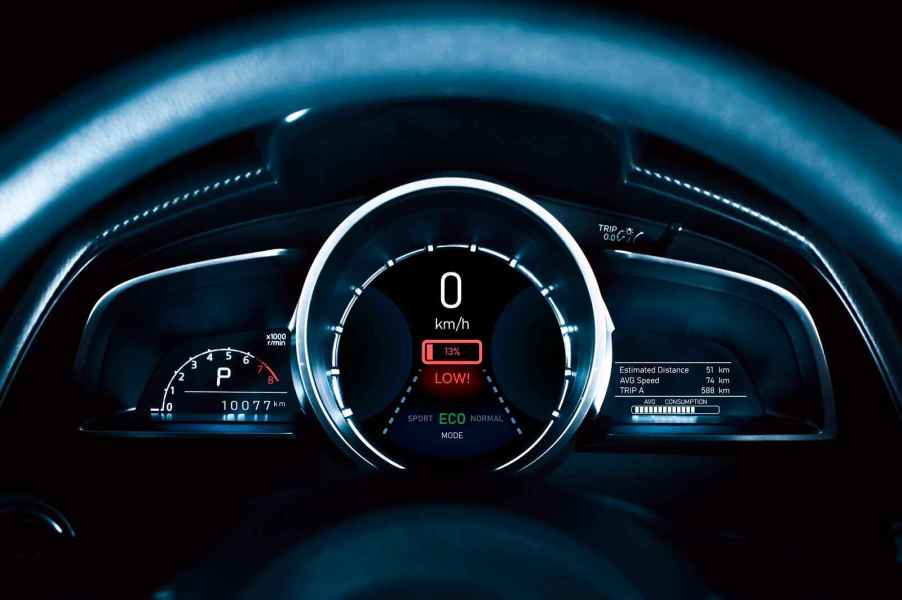
EVs Lose Significant Battery Range in a Heat Dome
Electric vehicles (EVs) face significant challenges during extreme weather conditions. While much attention is given to the impact of cold weather on EV batteries, high temperatures pose their own problems, especially during a heat wave or “heat dome.”
When temperatures soar, EV batteries suffer. High heat speeds up the chemical reactions inside the battery, which can degrade components over time. This degradation impacts the battery’s performance and lifespan. Additionally, the battery management system has to work overtime to keep things cool, draining the battery even faster.

Scientific American reported that when outside temperatures hit 95 degrees Fahrenheit, which can happen during a heat dome, using air conditioning can reduce an EV’s driving range by up to 17%. A recent study of 7,500 EVs by Recurrent concluded that range loss in temps above 95 degrees was more like 20-30%.
The issue isn’t just about staying cool. Balancing performance and affordability in varying climates is a massive engineering challenge. Creating a battery that works efficiently in both extreme heat and cold without costing a fortune is tough.
For instance, some EVs have sophisticated onboard computers that use AI to manage battery performance. These systems can optimize battery usage and predict driving range more accurately. Tesla’s preconditioning feature, which heats or cools the battery to an optimal temperature before charging, is one such innovation. However, even the best AI models need improvement to better manage battery health over time and in different temperatures. For instance, last winter, a cold snap in Chicago left EV owners stranded with dead cars.
Researchers are exploring new battery technologies to combat these issues. Improved electrolytes, such as those developed at the University of California, San Diego, show promise for better performance in extreme temperatures. Again, supply chain restrictions at scale remain a challenge. Other approaches include self-heating batteries that can quick-charge in the cold by warming themselves.
Despite these advancements, Scientific American says, the “AND problem” remains. Engineers strive to create batteries that are high-performing, durable, and affordable. This is no easy task, and trade-offs are often made. More expensive EVs tend to have better batteries, reflecting the cost and performance “scale.”
Ultimately, tailoring battery designs to specific climates might be the best solution. Batteries suited for colder climates would be different from those in hotter regions where a heat dome may occur. This approach could help manage costs and performance more effectively, addressing an important issue for the widespread adoption of EVs.



